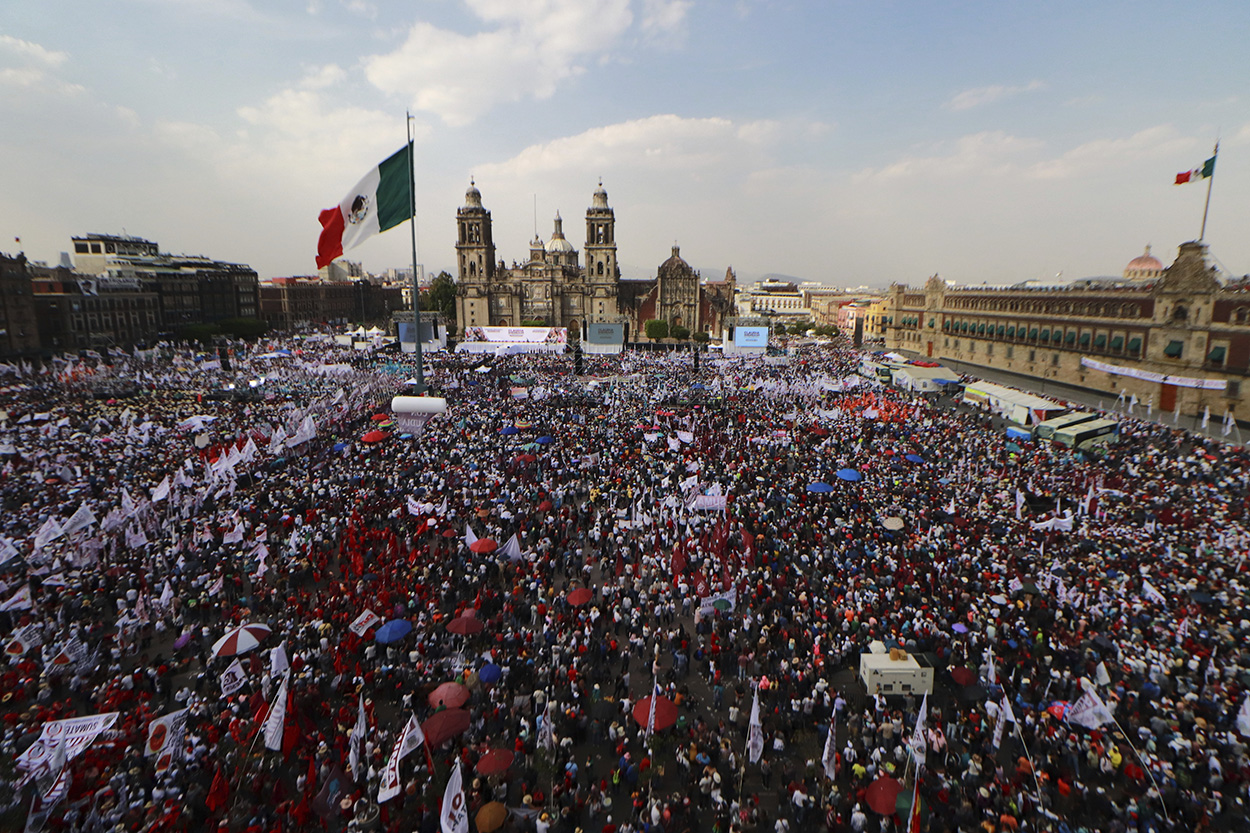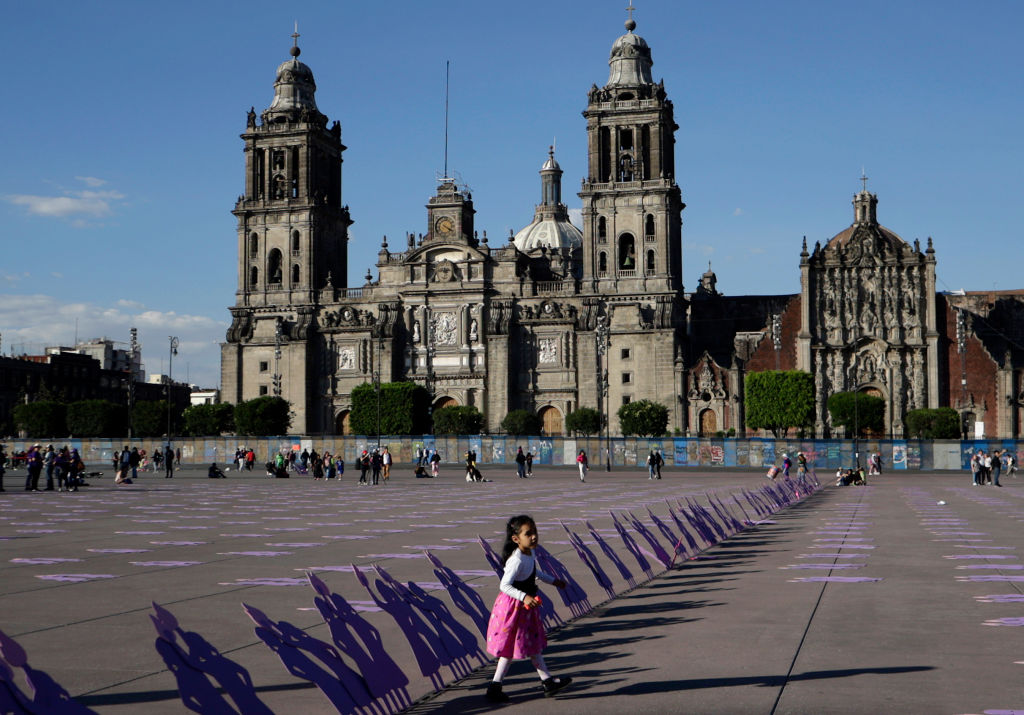Western Hemisphere Leaders Talk Trade on the Sidelines of APEC
Western Hemisphere Leaders Talk Trade on the Sidelines of APEC
The presidents of Canada, Chile, Mexico, and Peru met with Asian counterparts and inked deals during the Asia-Pacific Economic Cooperation summit in Indonesia.
Three Latin American leaders sought to deepen Asian ties during a Pacific Rim summit this week. The Asia-Pacific Economic Cooperation (APEC) leaders’ forum took place in Bali, Indonesia, concluding on October 8. Canada, Chile, Mexico, Peru, and the United States are members from the Western Hemisphere, and heads of state from all five countries except the United States attended the forum. U.S. President Barack Obama could not attend due to the government shutdown, and sent U.S. Secretary of State John Kerry in his stead. As leaders discussed trade, global growth, and sustainability at APEC, much of the action took place on the sidelines of the summit.
- Canadian Prime Minister Stephen Harper traveled to Malaysia ahead of the summit, the first time in nearly two decades that a sitting Canadian prime minister visited the Asian country. During his meeting with Prime Minister Mohd Najib, Malaysian state-owned energy company Petronas agreed to invest $36 billion in a Canadian natural gas plant and pipeline—the largest direct investment in Canada by any country. On the sidelines of APEC, Harper held bilateral meetings with the prime ministers of Australia and New Zealand, as well as the South Korean president.
- Chilean President Sebastián Piñera inked a free-trade agreement (FTA) with Thailand while in Bangkok ahead of the summit. While meeting with the Indonesian president, he agreed to begin talks on an FTA with the APEC host country. He held bilateral meetings with Kerry, New Zealand Prime Minister John Key, and Mexican President Enrique Peña Nieto. Piñera also spoke with the Vietnamese President Truong Tan Sang and Hong Kong Chief Executive Leung Chung-Ying. Both Vietnam and Hong Kong have trade deals with Chile that have yet to be implemented.
- Mexican President Enrique Peña Nieto held meetings with the heads of state of Australia, Chile, Indonesia, Japan, Peru, Singapore, South Korea, and Turkey. He also held informal discussions with the leaders of China and Russia. The Mexican government signed a number of cooperation agreements with Singapore, including a $150 million accord with a Singaporean construction company to build a shipyard for state oil company Pemex.
- Peruvian President Ollanta Humala traveled to Thailand ahead of the summit, meeting with the prime minister, princess, and business leaders. In Bali, Humala spoke with Mexico’s Peña Nieto about the ongoing progress with the Pacific Alliance bloc; with New Zealand’s Key he discussed education, science, and technology, and with Indonesian President Susilo Bambang Yudhoyono he spoke about the possibility of negotiating a trade deal. Humala sat down with Piñera at a forum with Chilean and Peruvian business leaders.
- Heads of state from countries negotiating the Trans-Pacific Partnership (TPP) came together on the sidelines of the summit. Twelve Pacific Rim countries are part of the TPP talks; Canada, Chile, Mexico, Peru, and the United States represent members from the Western Hemisphere. Though leaders pledged to finish talks by the end of the year, some heads of state expressed concern about the sluggishness of the talks. Analysts believe Obama’s absence may have slowed progress on the negotiations. In addition, several sticking points reportedly remain around issues such as state-owned companies, intellectual property, and the environment.







